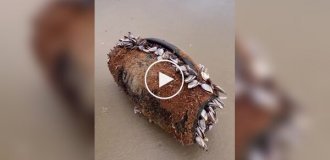This animal in the photo, which resembles a hedgehog, is not as harmless as it seems. Snap teeth are one of the few venomous mammals in the world. The animals became famous for their difficult character and poisonous bites. 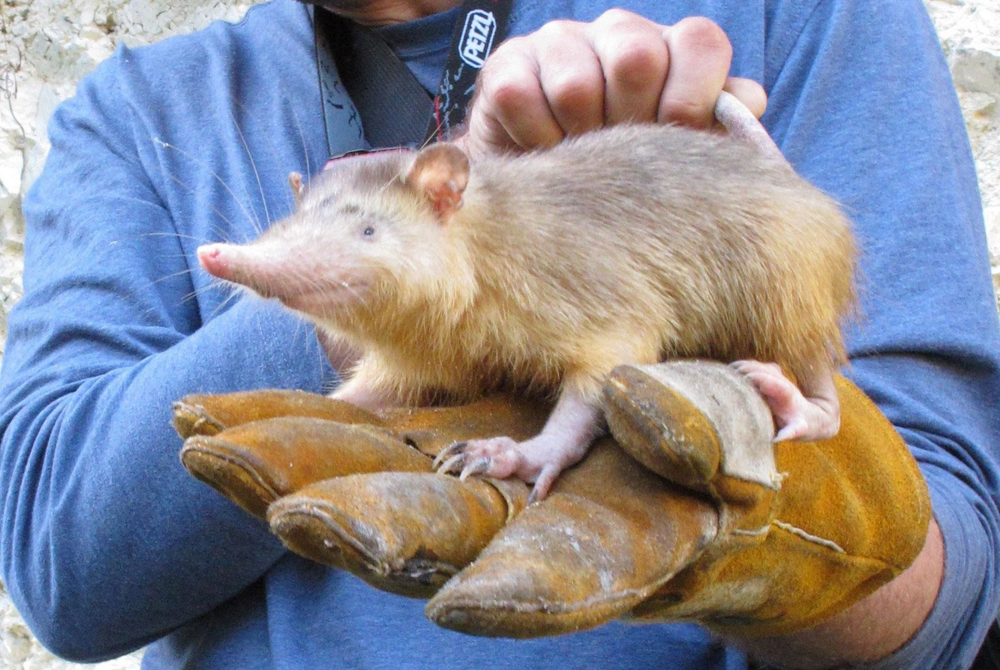
Protecting personal boundaries is not an easy task even for the big and strong. And if you are small and tasty, then it becomes almost impossible. What to do if everyone is trying to break into your quiet life, but you don’t want that at all? Representatives of the solenodon family, also known as slittooths, decided that the best answer to this question was to be toxic. And in the literal sense: the beast acquired poison in order to deal with troublemakers once and for all.
The animal did not immediately choose the path of violence and cruelty. At first he honestly tried to hide! He even settled on secluded islands in the Caribbean so that no one would disturb him. And when they found it, the animal was buried in such a way that it was considered extinct! 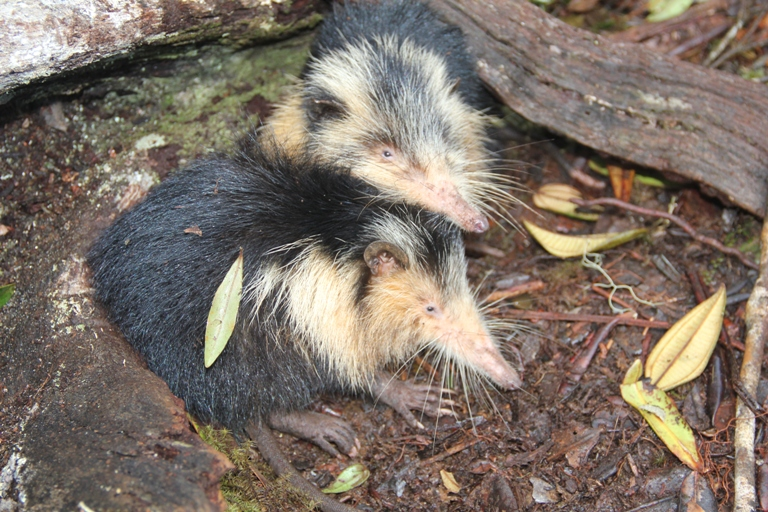
There are two species in the Solenodon family: Cuban and Hispaniola. The first was mistakenly placed in the Black Book for five years, the second was considered on the verge of complete extinction. But the animals still protect their last bastion of solitude - the mountain forests of Cuba, Haiti and the Dominican Republic. There, the gaptooths spend most of their time in splendid isolation, hiding in rock crevices and caves. And God forbid any living soul appears on their territory! 
This is an exhibit with the Cuban slittooth. There are almost no photographs of it, since the species is very rare in the natural environment.
Solenodon will teach insects, lizards, frogs and small mammals a lesson in hospitality by eating trespassers. If you are a small Caribbean vertebrate, our advice is to go for a walk during the day - the slittooth patrols the area at dusk and at night. 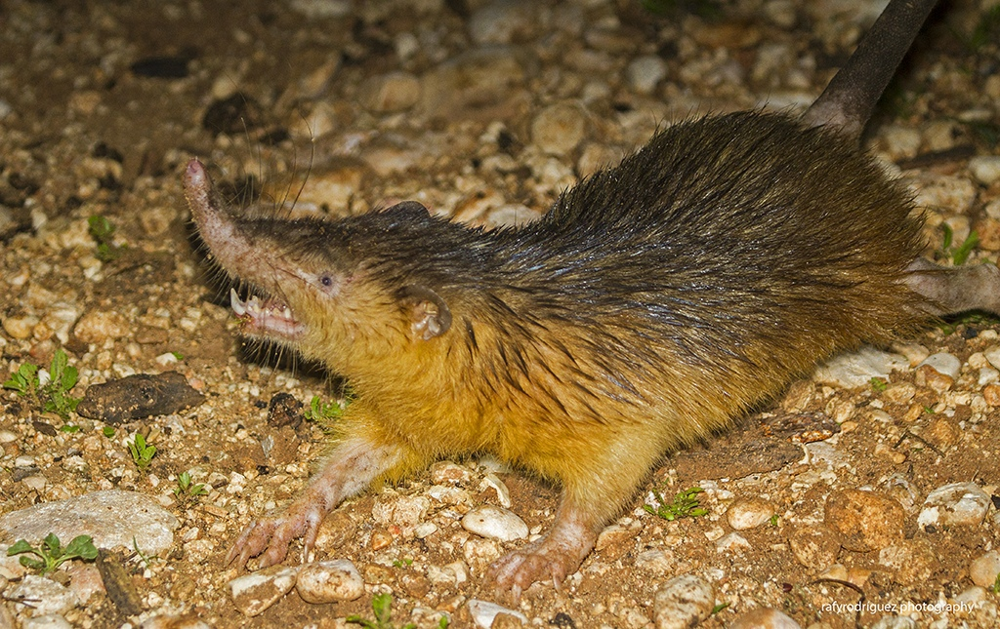
To find prey, the slittooth uses not only scent, but also something similar to echolocation. This helps the animal navigate in pitch darkness.
If the animal that disturbed the serenity of the gap-tooth turned out to be larger, the solenodon creates a scandal worse than a grandmother in the clinic: it screams heart-rendingly, raises its fur and grunts inaudibly. Usually such a presentation is enough for the enemy to immediately understand: it’s not worth getting involved with an introvert who has moved away. Well, if the uninvited guest still decides to approach, the animal resorts to its main argument in the dispute - poison. 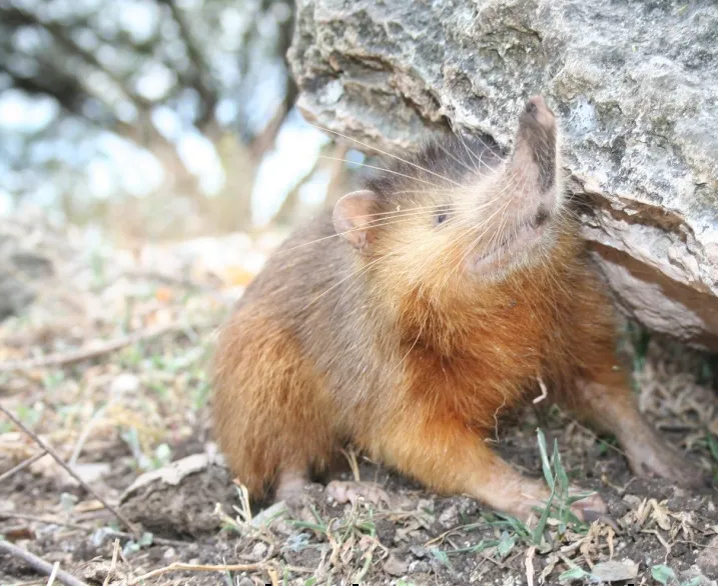
Members of the solenodon family are one of the few venomous mammals in the world. The animal apparently learned to poison those around it from snakes. The poison is secreted by modernized salivary glands, and the toxin reaches the victim’s body thanks to poisonous teeth: the fangs of the slittooth have grooves and tubules. Everything is like reptiles! Even the composition of the poison is similar to slightly diluted viper venom. 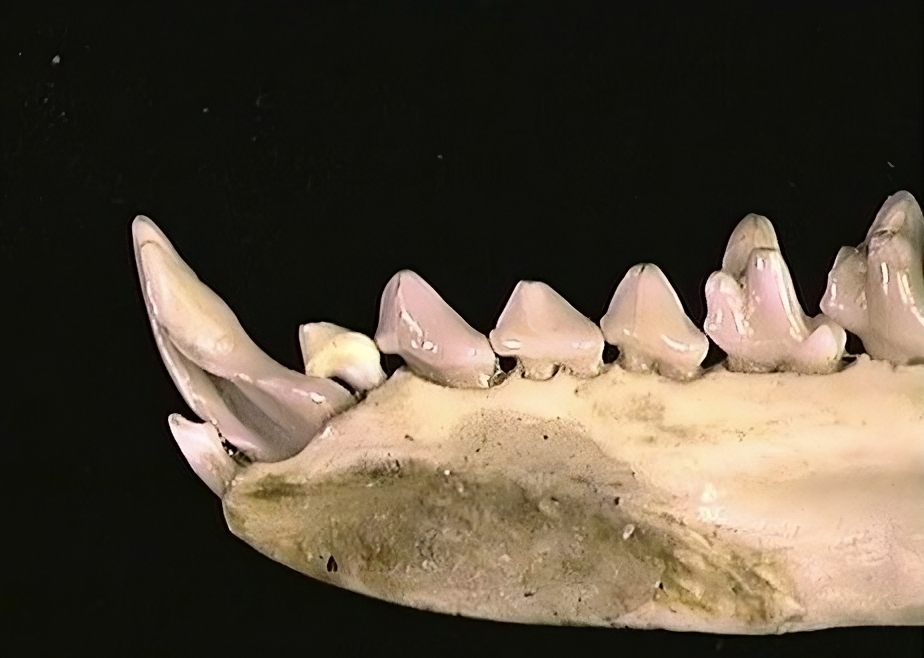
Interestingly, snakes release venom through their upper fangs, and their slit teeth through their lower fangs.
But even this is quite enough for a snaptooth bite to be fatal for most small animals. Once the poison enters the wound, the victim's blood pressure drops, limbs are lost and breathing becomes difficult, ultimately leading to death. For humans, the bite of a solenodon is not fatal, but extremely unpleasant. Poisonous mammals can be counted on the fingers of one hand. Therefore, this mechanism in animals is apparently somewhat imperfect. For example, gaptooths have no immunity to their own toxin. Fights between them often end in death for both, which, of course, does not contribute to successful survival. 
And what helps is love. As soon as the hot Cuban summer takes over, the rutting season begins. Males actively call females with romantic cries. And only the loudest and largest of them receive attention. 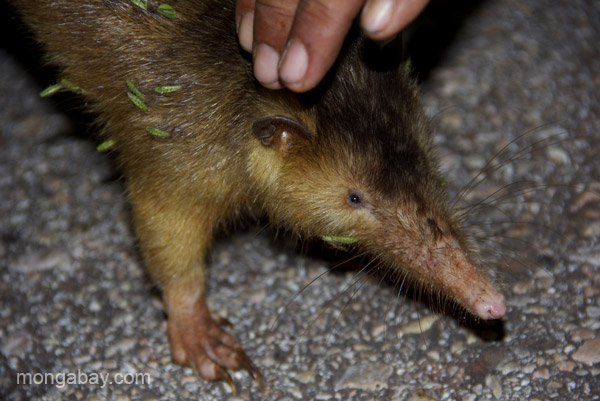
There is no talk of a strong family; after successful mating, the male leaves for bread and leaves the female alone with the consequences. The expectant mother sets up a nest and after 70 days gives birth to 1-3 cubs, which remainlive next to the parent for 4 months. At this point, the kids begin to make independent forays into the big scary world. And by six months they leave the family for good in search of a better life and their own territory. 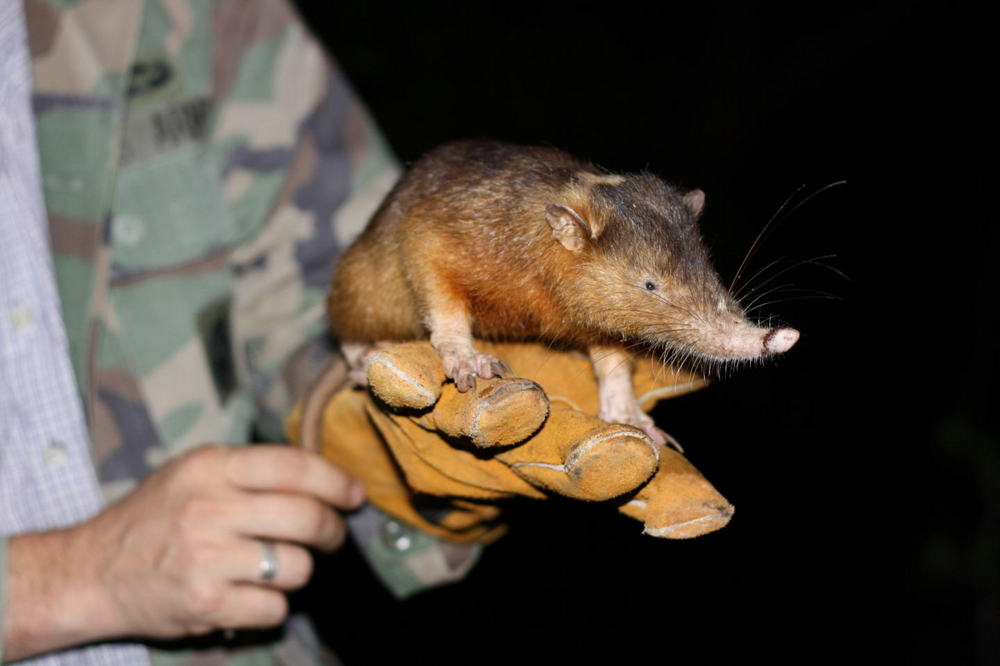
Snaptooths desperately fight for their territory, but even poison does not save them from introduced cats, dogs and mongooses. Since predators from the mainland appeared on the islands, the number of gaptooths has been rapidly falling. And while things have more or less improved for the Spanish solenodon, the last living Cuban snaptooth was seen in the wild back in 2003.
Add your comment
You might be interested in:






